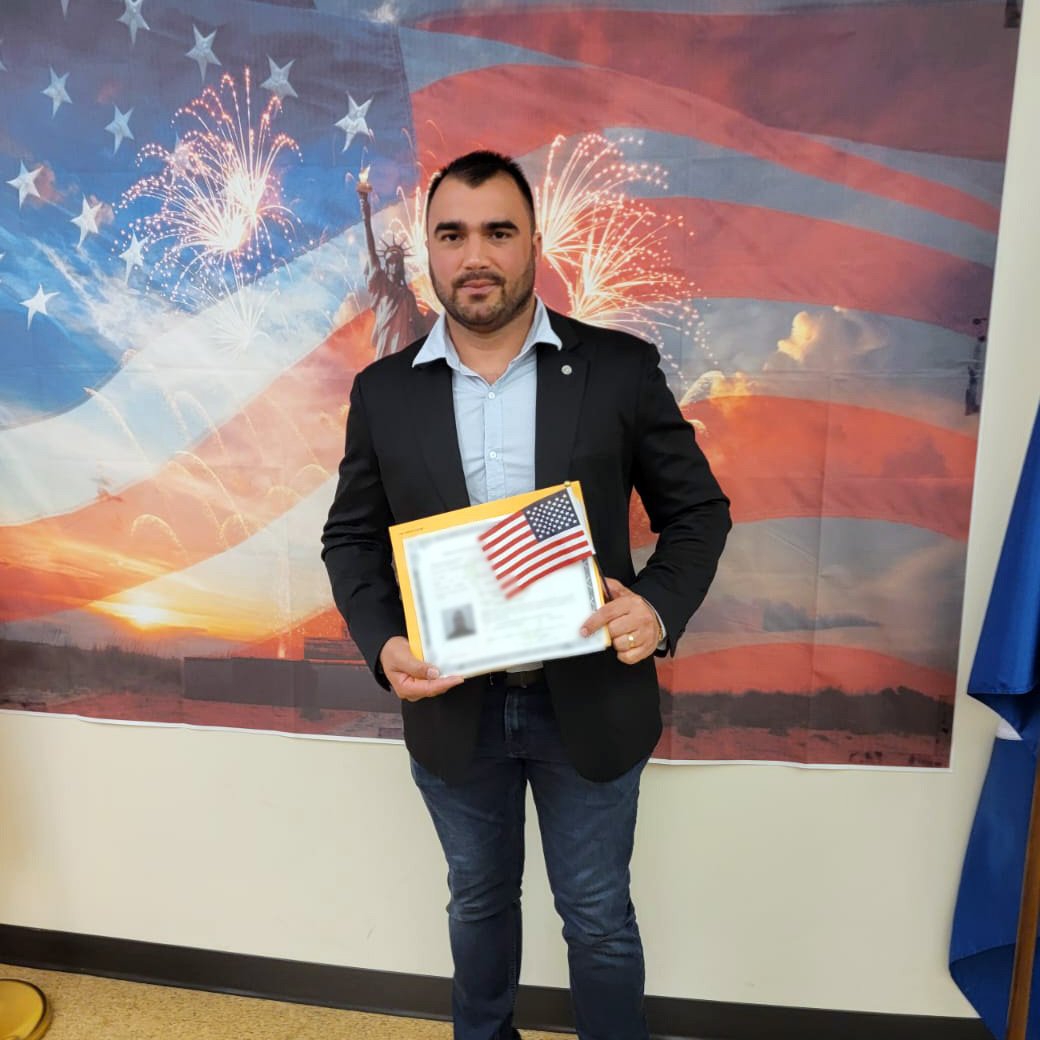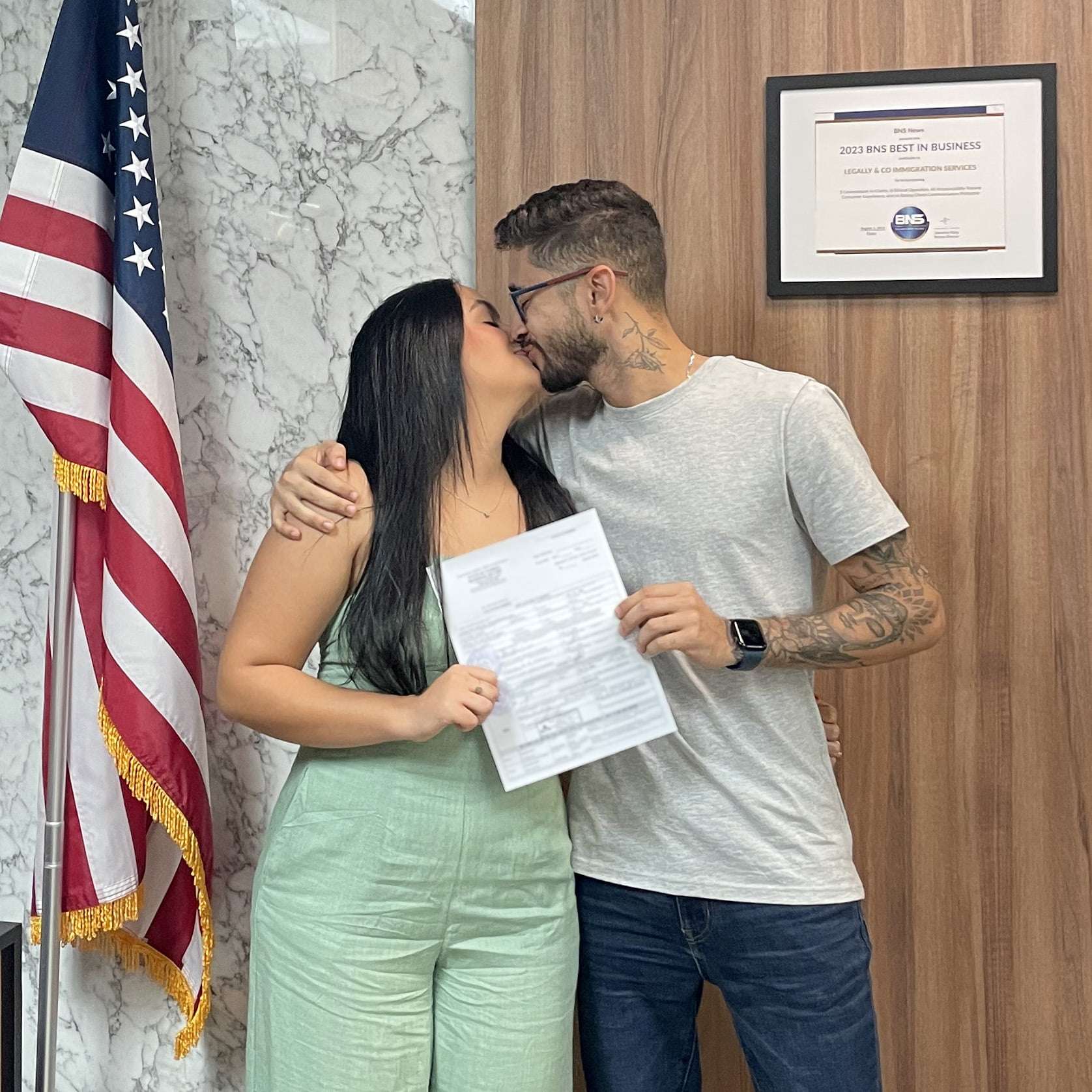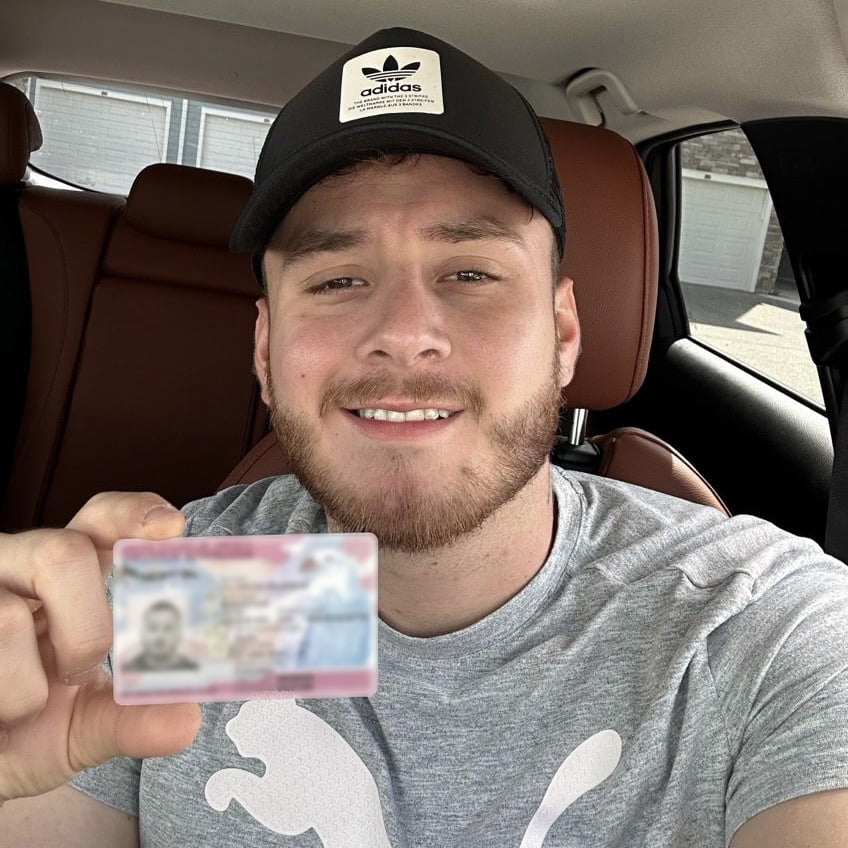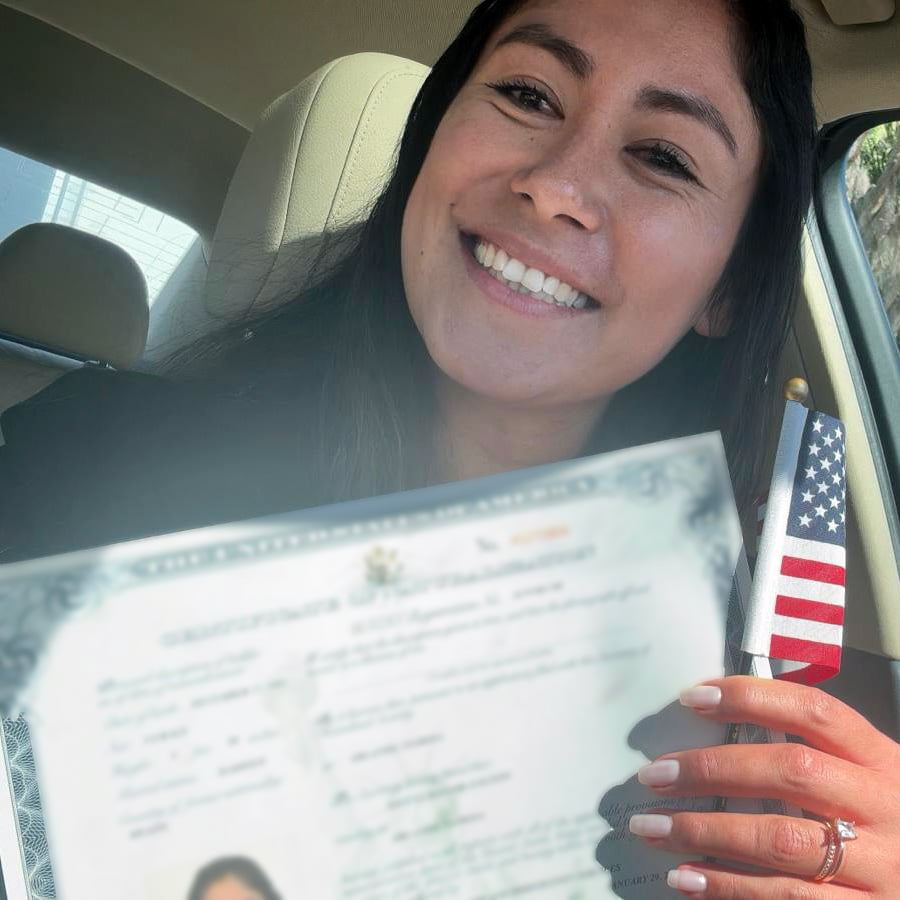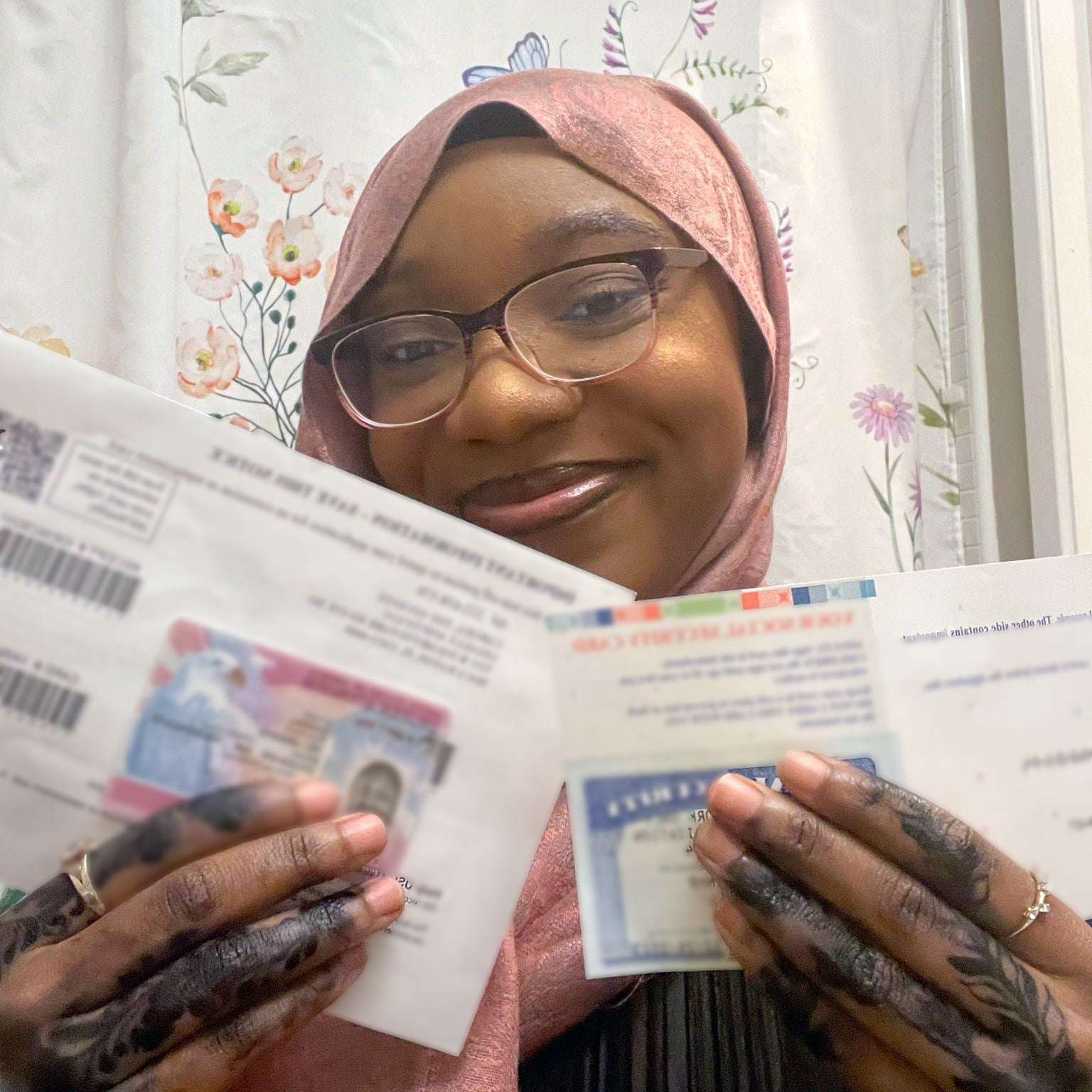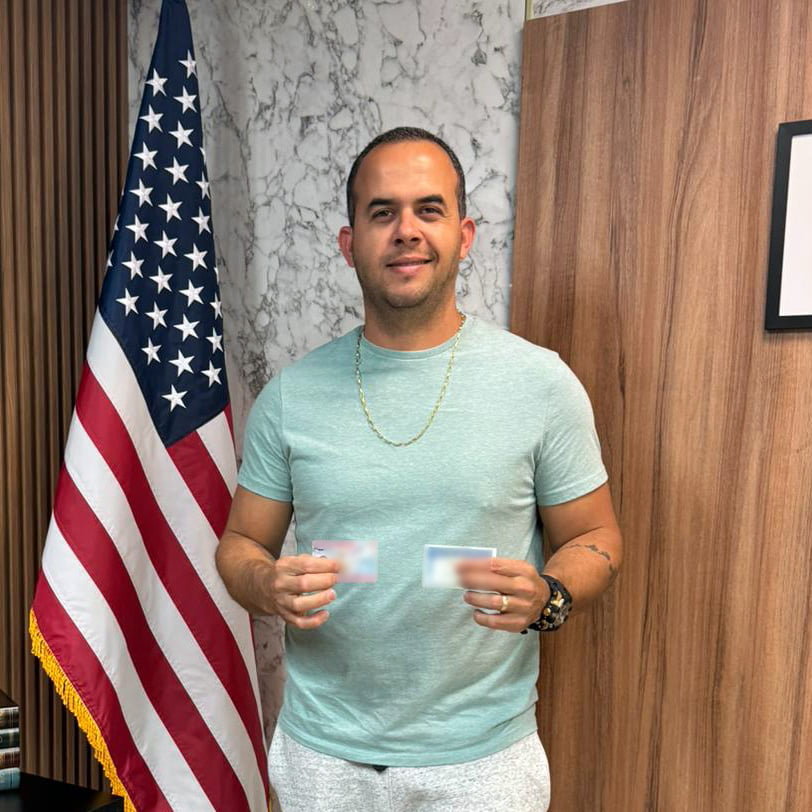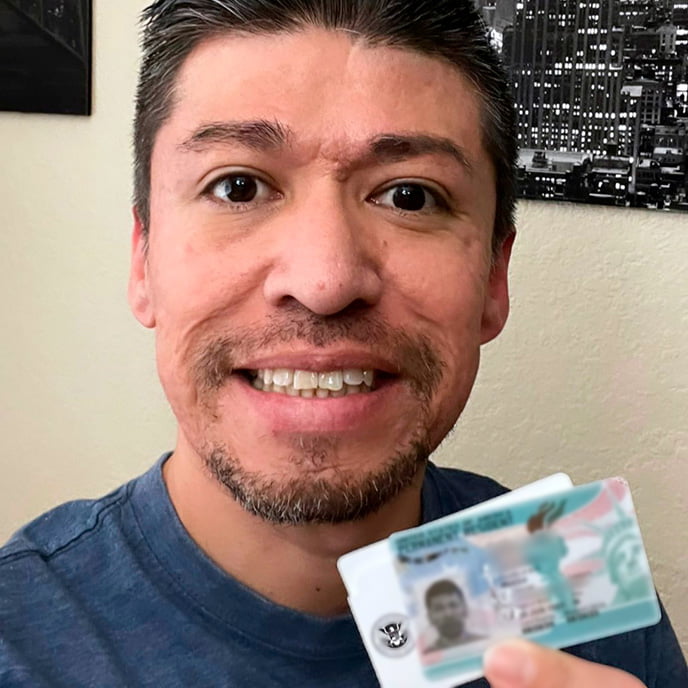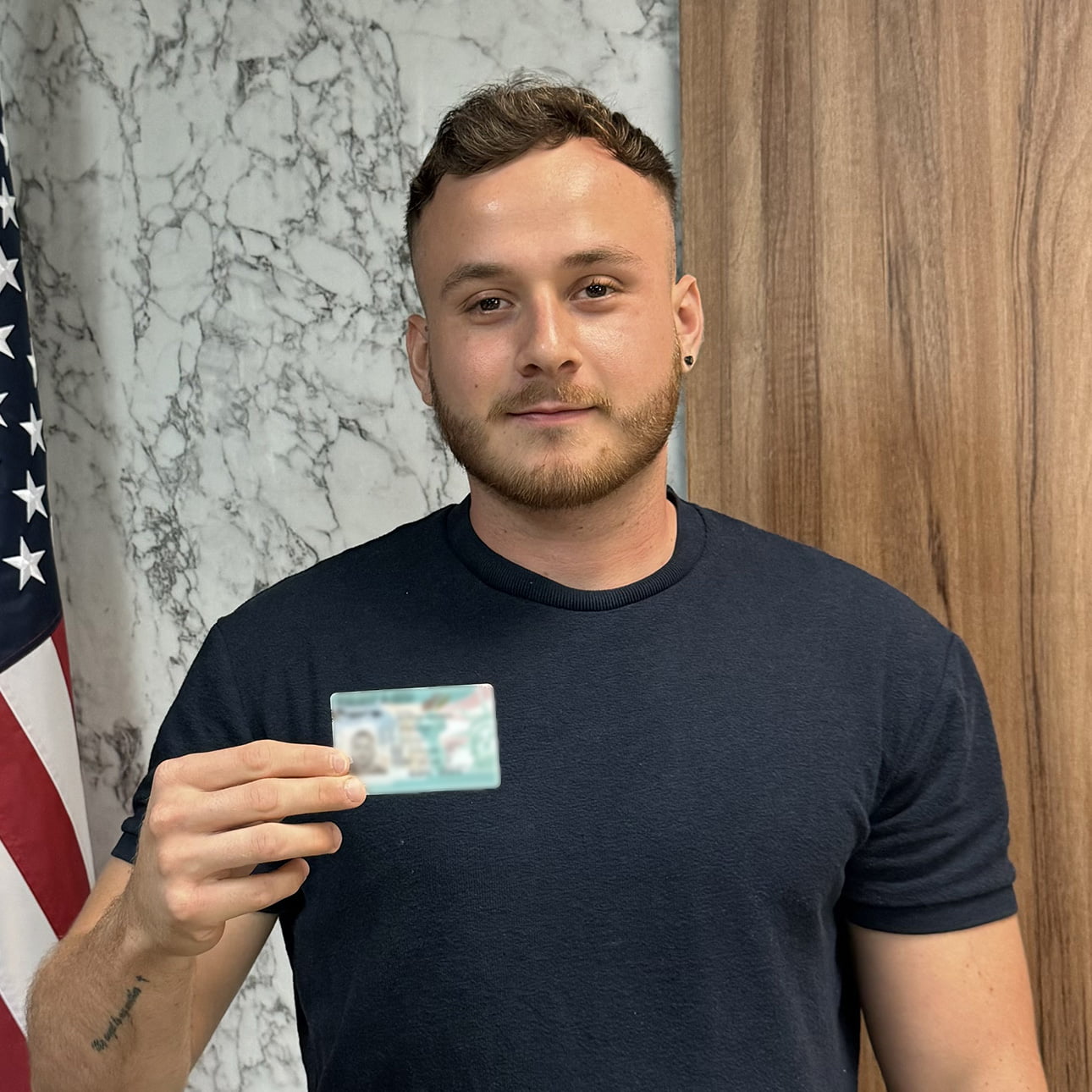Family-Based Visas
Applying for a family-based immigrant visa is the first step in the process for the person you are sponsoring to become a permanent resident.
Immediate Relative Visas
These visas are for close relatives of U.S. citizens, such as spouses, unmarried children under 21 years of age, or parents. There is no limit to the number of visas available in this category. The types of visas include:
- IR1 and CR1: For spouses
- IR2: For children
- IR5: For parents
Family Preference Visas
A limited number of family preference visas are allocated annually for:
- Other relatives of a U.S. citizen, such as eligible children or siblings. These include:
- F1: Unmarried children 21 years or older
- F3: Married children
- F4: Siblings
- Spouse and unmarried children of lawful permanent residents (Green Card holders). These include:
- F2A: Spouses and unmarried children under 21 years of age
- F2B: Unmarried children 21 years or older
- Other relatives of a U.S. citizen, such as eligible children or siblings. These include:
Consular Process
To apply for permanent residency for a family member who is outside the U.S., the first step is to file Form I-130, which initiates the immigrant visa process. The subsequent steps include:
- Processing by the National Visa Center (NVC)
- Payment of fees
- Submission of required supporting documents
- Preparation for the interview at the U.S. consulate or embassy in the applicant’s home country
Each person you sponsor requires a separate Form I-130. The form can be submitted online or by mail.
The consular process requires both you, as the sponsor, and your relative, as the visa applicant, to complete the necessary steps for the issuance of the immigrant visa.
Adjustment of Status (AOS) in the U.S.
If your relative is already legally present in the U.S., they can apply for Adjustment of Status (AOS) to obtain a Green Card without leaving the country. Adjustment of status is possible when an immigrant visa is immediately available, which depends on the family preference category and the visa bulletin.
- The main steps for Adjustment of Status include:
- Filing Form I-130: The sponsor must file Form I-130 to establish the family relationship.
- Filing Form I-485: Once the I-130 is accepted, the family member present in the U.S. can file Form I-485, Application to Register Permanent Residence or Adjust Status.
- Submitting Additional Forms: In some cases, Form I-765 (Work Authorization) and Form I-131 (Travel Documents) may also be required.
- Biometrics and Interview: The applicant will be called for biometrics collection and, eventually, for an interview with USCIS.
- Decision: If approved, the Green Card will be issued, granting permanent residency in the U.S.
Differences Between Consular Processing and Adjustment of Status
Consular Process: The applicant is outside the U.S. and must go through the interview at a U.S. consulate.
Adjustment of Status: The applicant is already in the U.S. and can adjust their status without leaving, as long as they are in a legal status.
Both processes require the Form I-130 to be approved first. However, while Adjustment of Status allows the applicant to stay in the U.S. during the process, consular processing requires them to wait abroad until the immigrant visa is approved.
ARE YOU INTERESTED IN THE FAMILY-BASED VISA?
BE THE NEXT ONE TO GET APPROVED!



